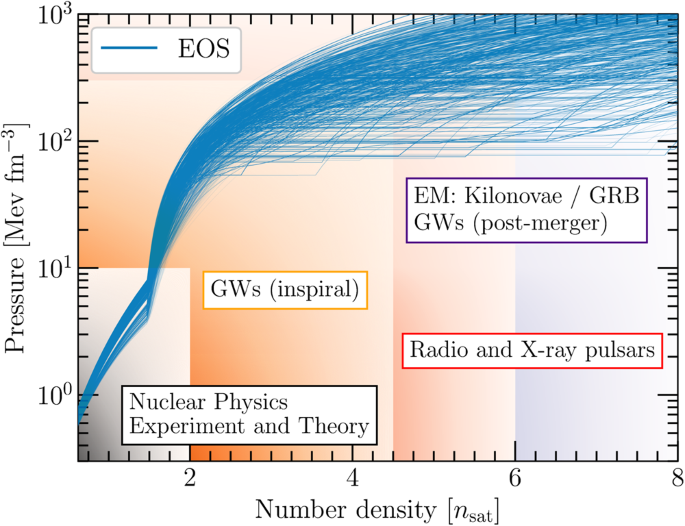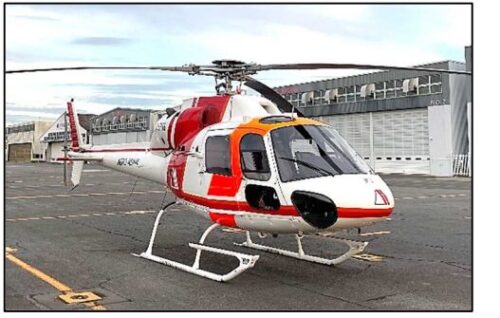2023-12-21 マックス・プランク研究所
◆国際研究チームは、キロノヴァの観測信号を同時にモデル化する新しい手法を開発。これにより合体の詳細、極端な条件下での核物質挙動、地球上の金生成の理解が進む。
◆新ツールは重力波、放射線、X線、ラジオ波のデータを一貫して解釈可能にし、宇宙での物質の性質や拡大の理解に寄与する。
◆中性子星は超高密度の宇宙物体で、合体が金などの重元素形成につながり、極端な状態で物質の性質を調査できる。
<関連情報>
- https://www.mpg.de/21270518/1214-grav-studying-neutron-stars-on-many-channels-in-parallel-154155-x
- https://www.nature.com/articles/s41467-023-43932-6
連星中性子星合体のための最新の核物理学・マルチメッセンジャー天体物理学の枠組み An updated nuclear-physics and multi-messenger astrophysics framework for binary neutron star mergers
Peter T. H. Pang,Tim Dietrich,Michael W. Coughlin,Mattia Bulla,Ingo Tews,Mouza Almualla,Tyler Barna,Ramodgwendé Weizmann Kiendrebeogo,Nina Kunert,Gargi Mansingh,Brandon Reed,Niharika Sravan,Andrew Toivonen,Sarah Antier,Robert O. VandenBerg,Jack Heinzel,Vsevolod Nedora,Pouyan Salehi,Ritwik Sharma,Rahul Somasundaram & Chris Van Den Broeck
Nature Communications

Abstract
The multi-messenger detection of the gravitational-wave signal GW170817, the corresponding kilonova AT2017gfo and the short gamma-ray burst GRB170817A, as well as the observed afterglow has delivered a scientific breakthrough. For an accurate interpretation of all these different messengers, one requires robust theoretical models that describe the emitted gravitational-wave, the electromagnetic emission, and dense matter reliably. In addition, one needs efficient and accurate computational tools to ensure a correct cross-correlation between the models and the observational data. For this purpose, we have developed the Nuclear-physics and Multi-Messenger Astrophysics framework NMMA. The code allows incorporation of nuclear-physics constraints at low densities as well as X-ray and radio observations of isolated neutron stars. In previous works, the NMMA code has allowed us to constrain the equation of state of supranuclear dense matter, to measure the Hubble constant, and to compare dense-matter physics probed in neutron-star mergers and in heavy-ion collisions, and to classify electromagnetic observations and perform model selection. Here, we show an extension of the NMMA code as a first attempt of analyzing the gravitational-wave signal, the kilonova, and the gamma-ray burst afterglow simultaneously. Incorporating all available information, we estimate the radius of a 1.4M⊙ neutron star to be R=11.98+0.35−0.40 km.



